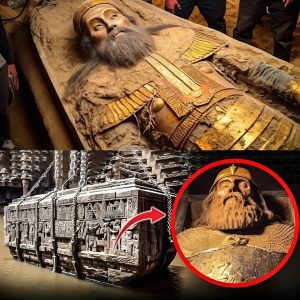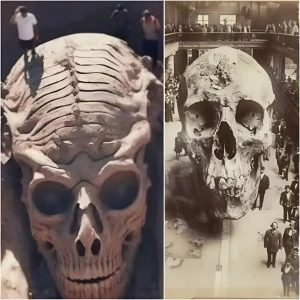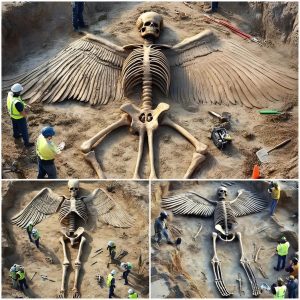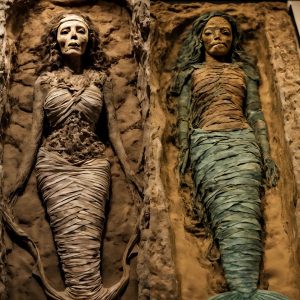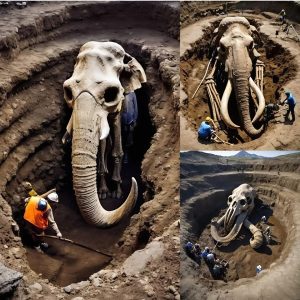
Introduction
Herculaneum, a city once bustling with life, met a tragic fate in 79 AD when Mount Vesuvius erupted, burying the city under volcanic ash and rock. Unlike Pompeii, Herculaneum was encased in a denser, pyroclastic material, preserving its structures and some of its inhabitants in a chilling silence that has endured for centuries. The recent emergence of skeletal remains from the dock buildings has rekindled interest and intrigue in this ancient city’s untold stories.

The Discovery
The skeletal remains in the dock buildings, as captured in the evocative images, present a haunting tableau of the city’s final moments. These remains, unearthed since the 18th-century excavations, offer a rare glimpse into the lives and deaths of Herculaneum’s citizens. The eerie silence of these skeletons, juxtaposed against the backdrop of their once-vibrant city, tells a story of sudden catastrophe and human resilience.
Historical Context
Herculaneum, a wealthy Roman town, was home to luxurious villas, grand public buildings, and a thriving community. The eruption of Mount Vesuvius on August 24, 79 AD, led to the rapid burial of the city under volcanic material, preserving it almost in its entirety. While Pompeii was covered in ash, Herculaneum was engulfed in a pyroclastic surge that fossilized wooden structures and organic materials, offering a unique preservation state.
The Enigma of the Dock Buildings

The dock buildings, located along the ancient shoreline, have yielded some of the most poignant discoveries. The skeletal remains found here are believed to be those of citizens seeking refuge from the volcanic onslaught. These individuals, who huddled together in their final moments, provide a stark reminder of the eruption’s human toll. The reasons for the limited number of bodies discovered since the 18th century remain a subject of ongoing investigation and debate.
Insights from the Skeletal Remains
- Demographic Information: Analysis of the skeletons can reveal age, sex, and health conditions of the individuals, offering insights into the population composition of Herculaneum.
- Cause of Death: Studying the remains can help determine the immediate effects of the pyroclastic surge on the inhabitants, shedding light on their final moments.
- Lifestyle and Diet: Examination of bones and teeth can provide information on the diet, lifestyle, and general health of the citizens, contributing to our understanding of daily life in ancient Herculaneum.
Cultural and Archaeological Significance
The discovery of these skeletal remains is not just a grim reminder of the past; it is a key to understanding the social and cultural dynamics of Herculaneum. The preservation of the site allows archaeologists to reconstruct aspects of Roman life with unparalleled detail. From the luxurious villas to the humble abodes, each discovery adds a piece to the intricate mosaic of history.
Conclusion
The recent emergence of skeletal remains from the dock buildings of Herculaneum continues to captivate and inform both scholars and the public. These remains, frozen in time by the catastrophic eruption of 79 AD, serve as silent witnesses to the lives and deaths of Herculaneum’s citizens. As researchers continue to unravel the enigma of these dockside skeletons, each finding contributes to a deeper understanding of the ancient world and the enduring human spirit in the face of disaster.
